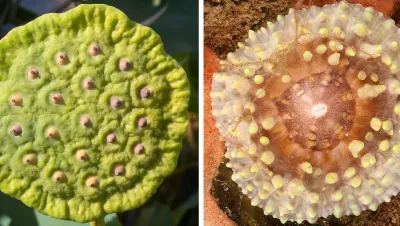We asked our contributors what their favorite epic underwater images were and they returned with a diverse selection of photos capturing epic adventures and interactions with marine life in the underwater world. Here, X-Ray Mag contributors share their favorite images from the tropical waters of French Polynesia, Pulau, the Philippines, Indonesia, Malaysia, the Maldives, the Egyptian Red Sea, Mozambique, Bonaire, Dominican Republic, Turks and Caicos Islands, the Bahamas, Cayman Islands, Costa Rica, Mexico and Hawaii, to the temperate waters of South Africa and the US East Coast.























